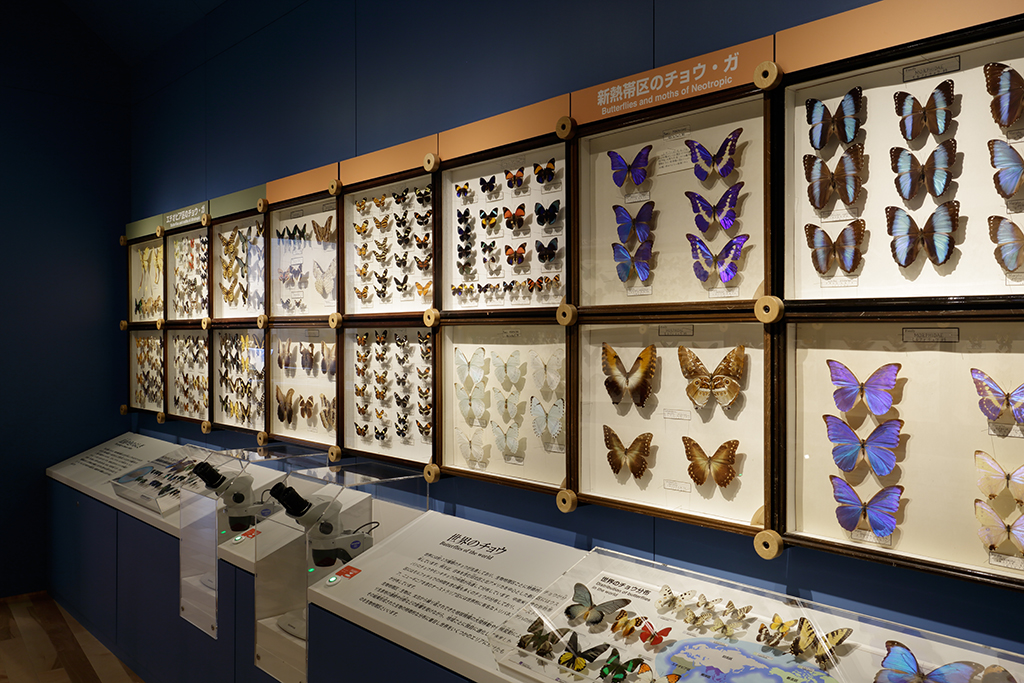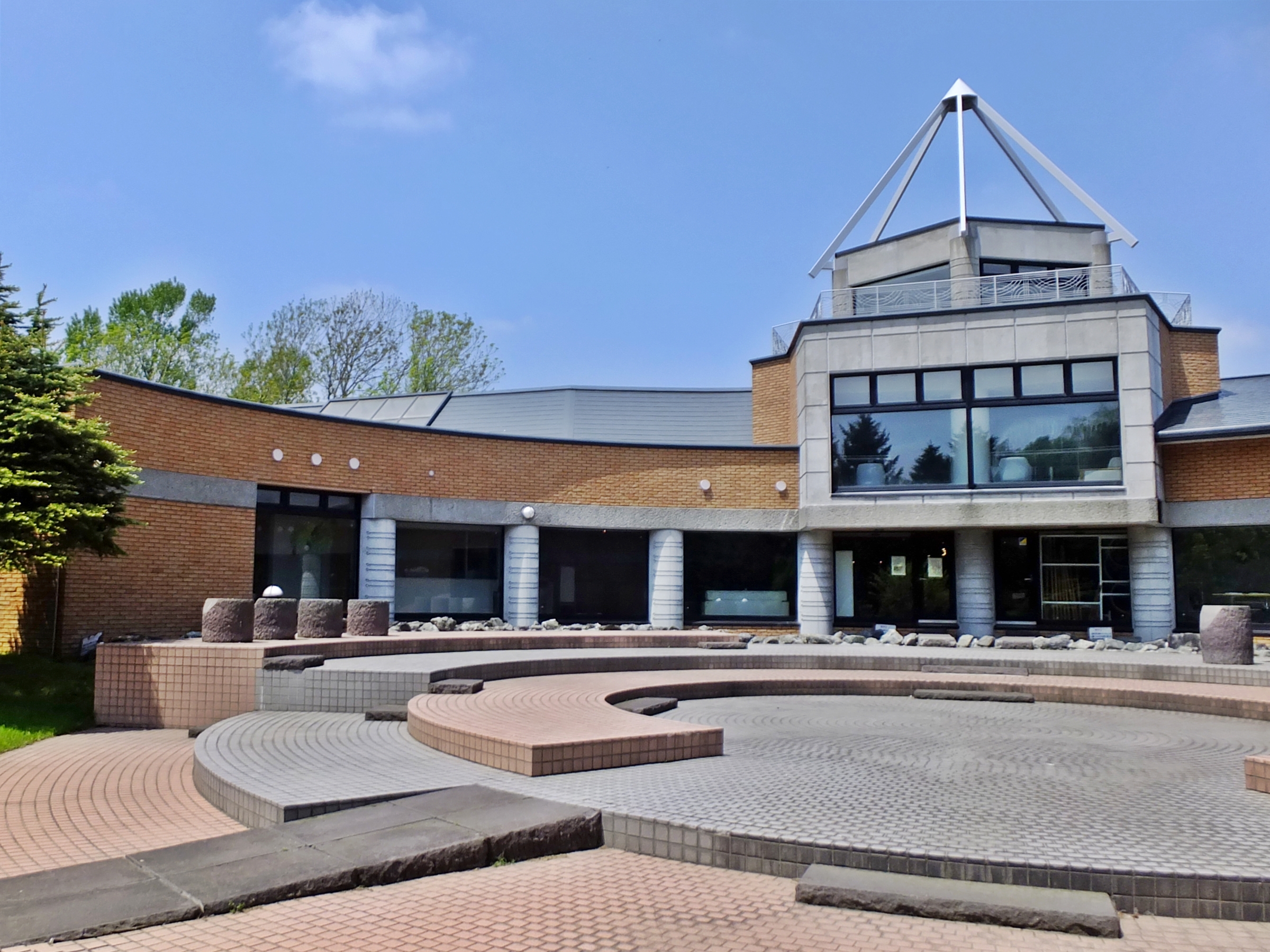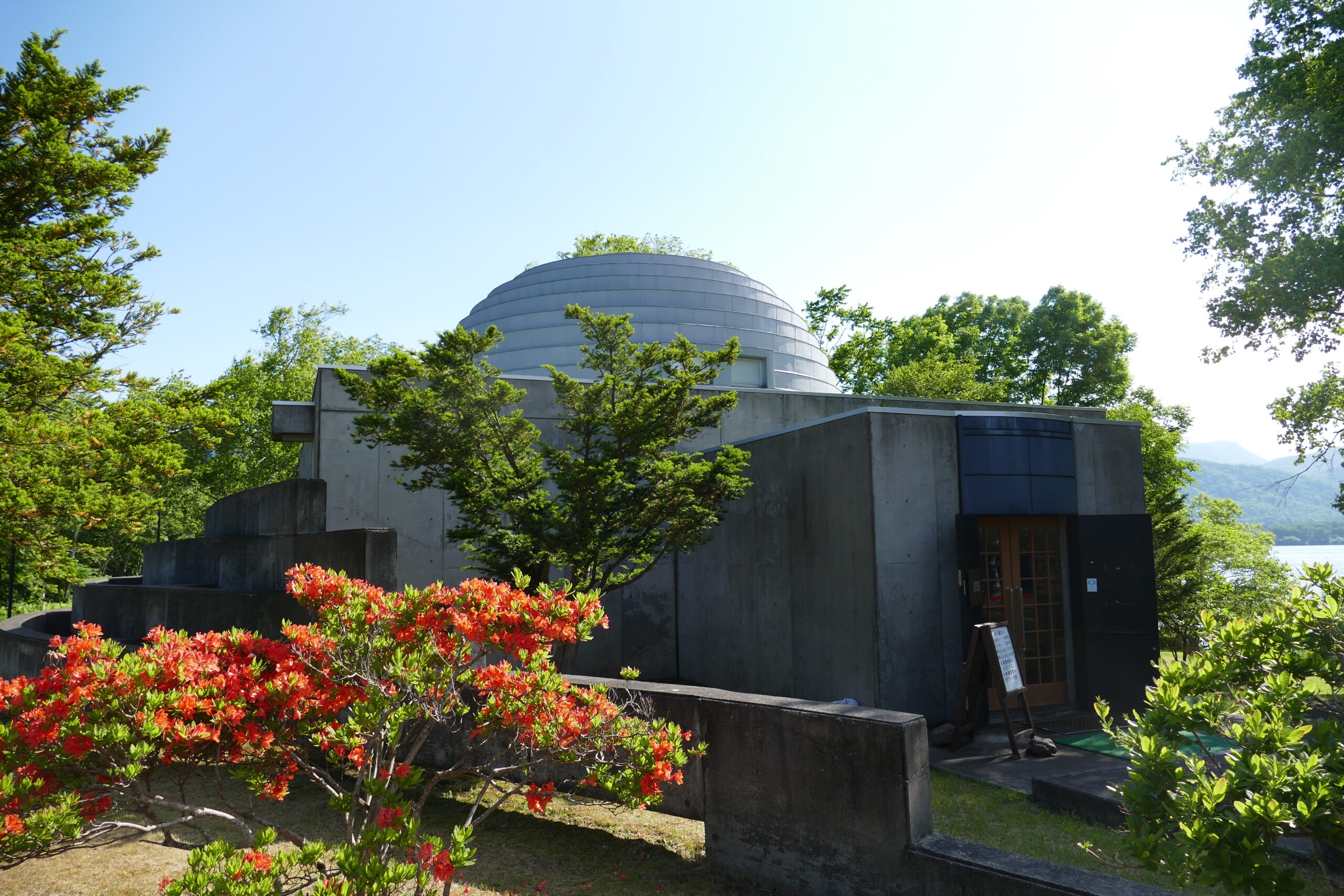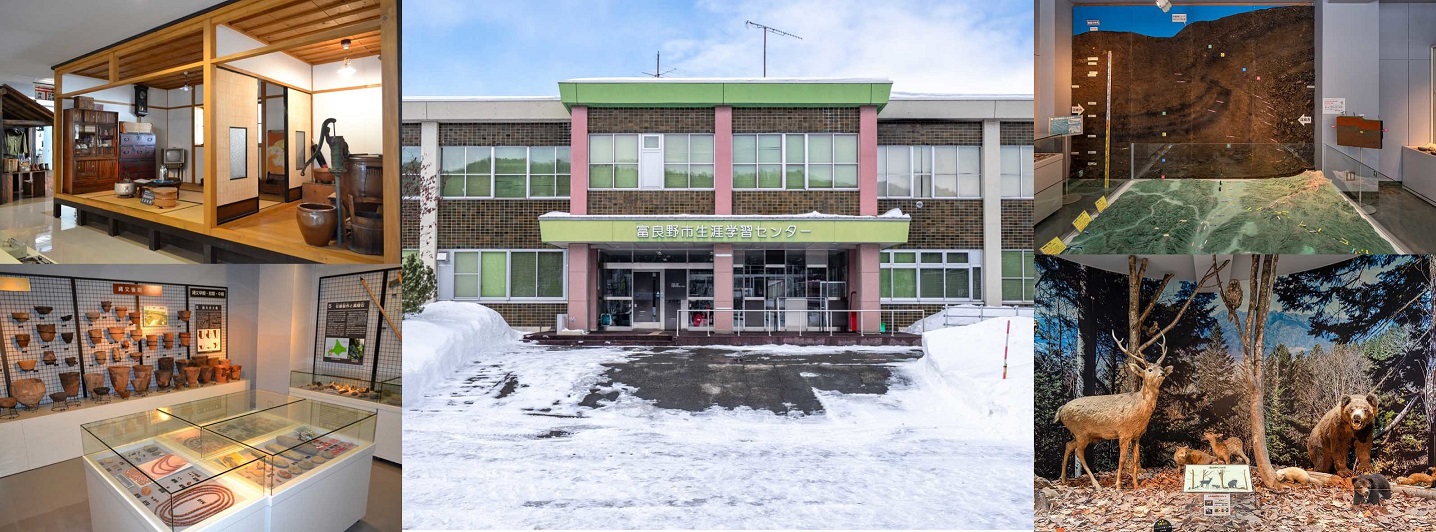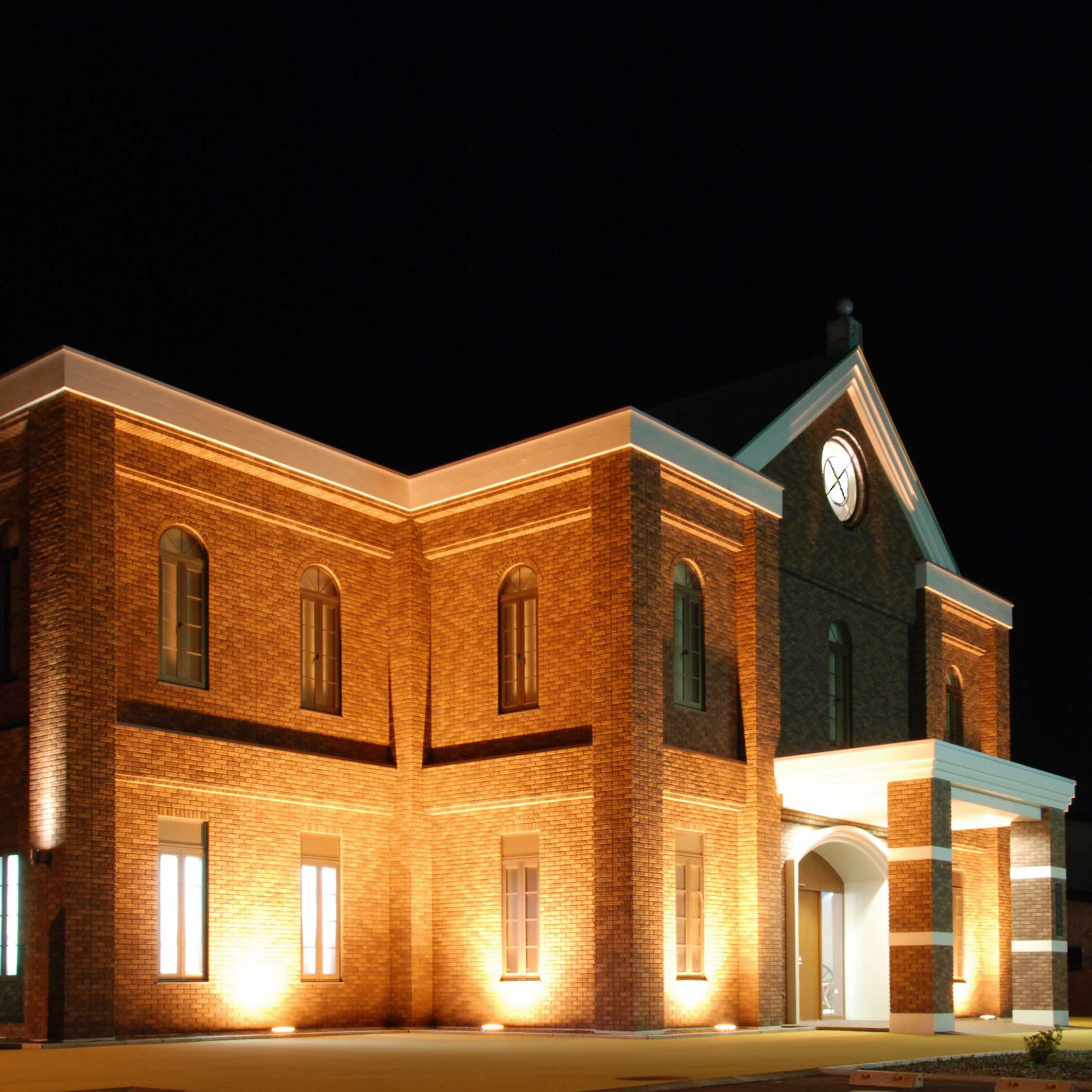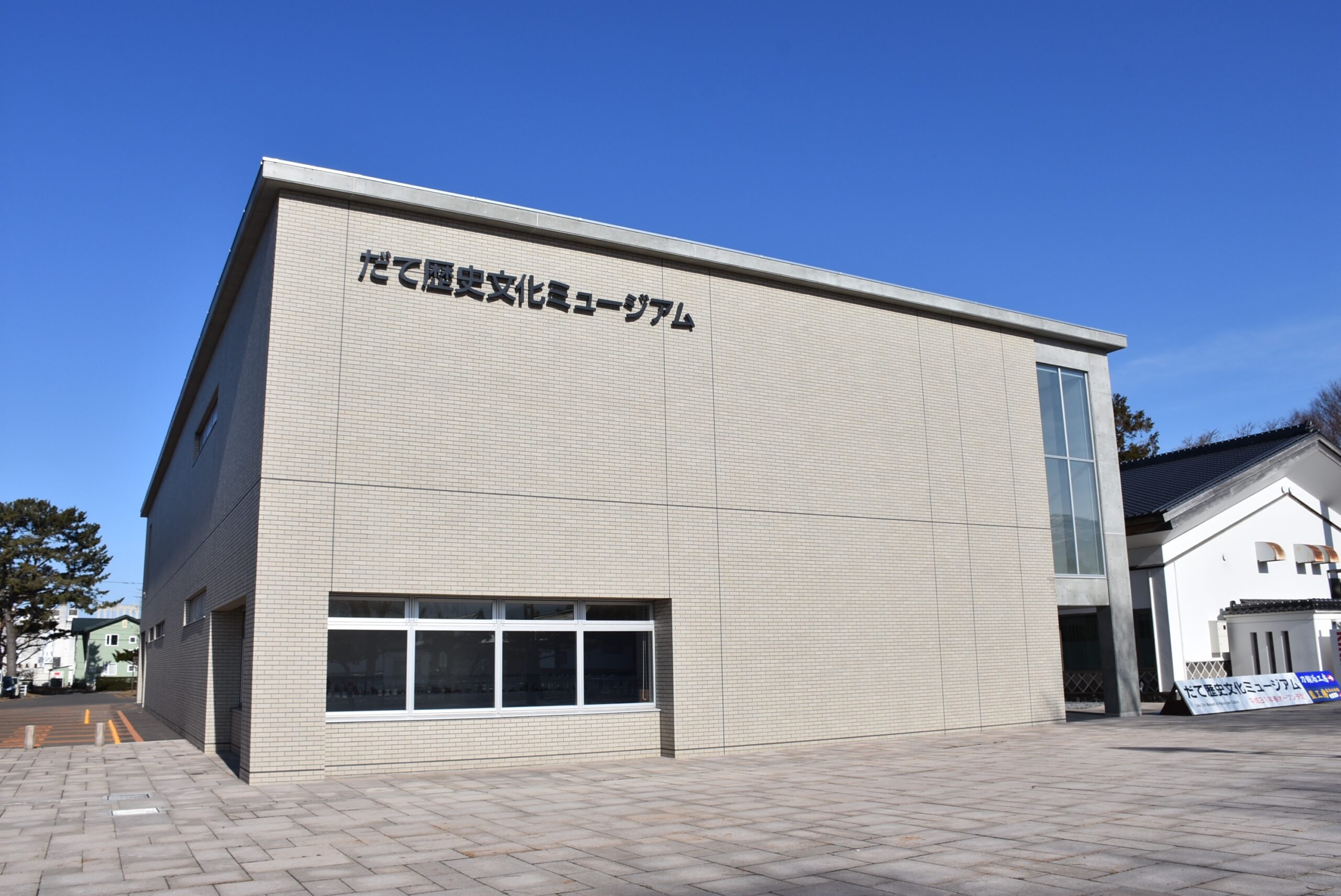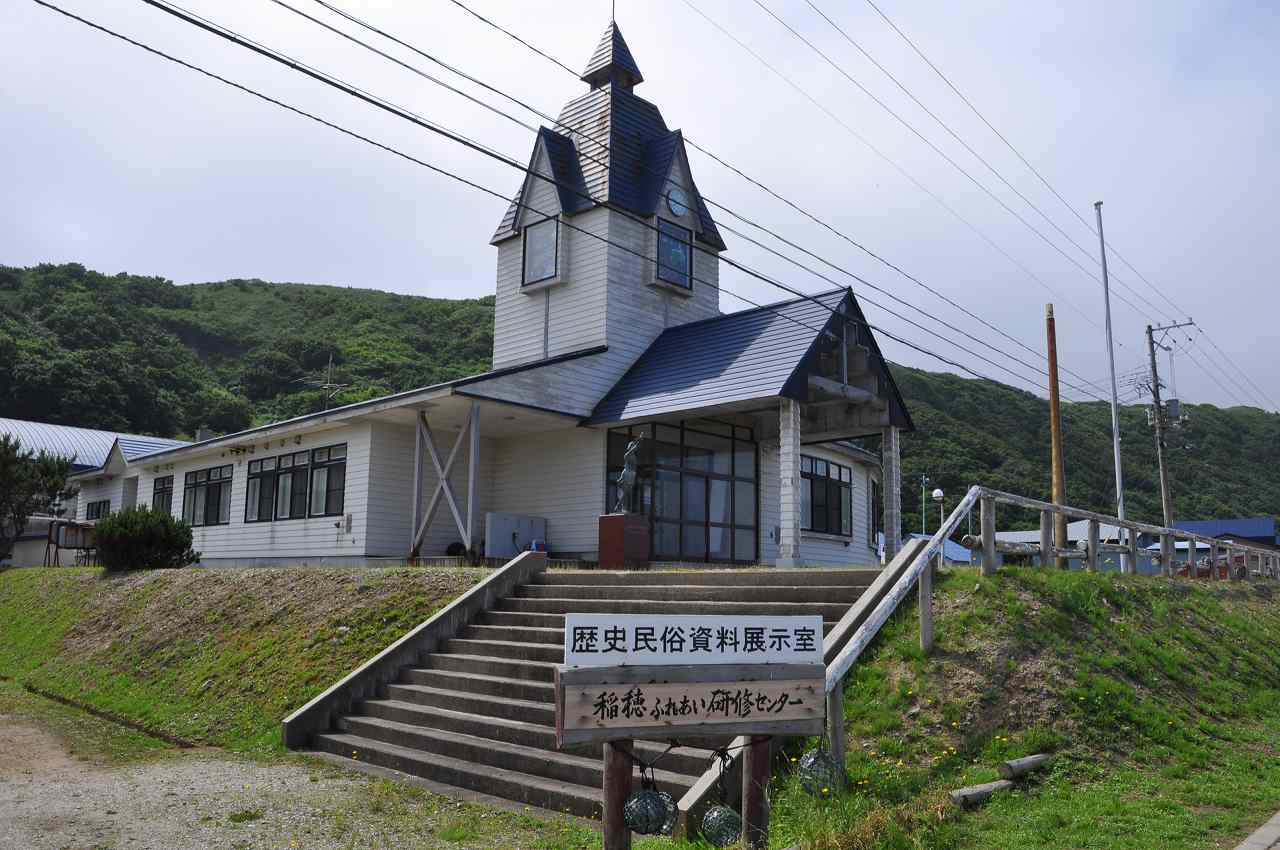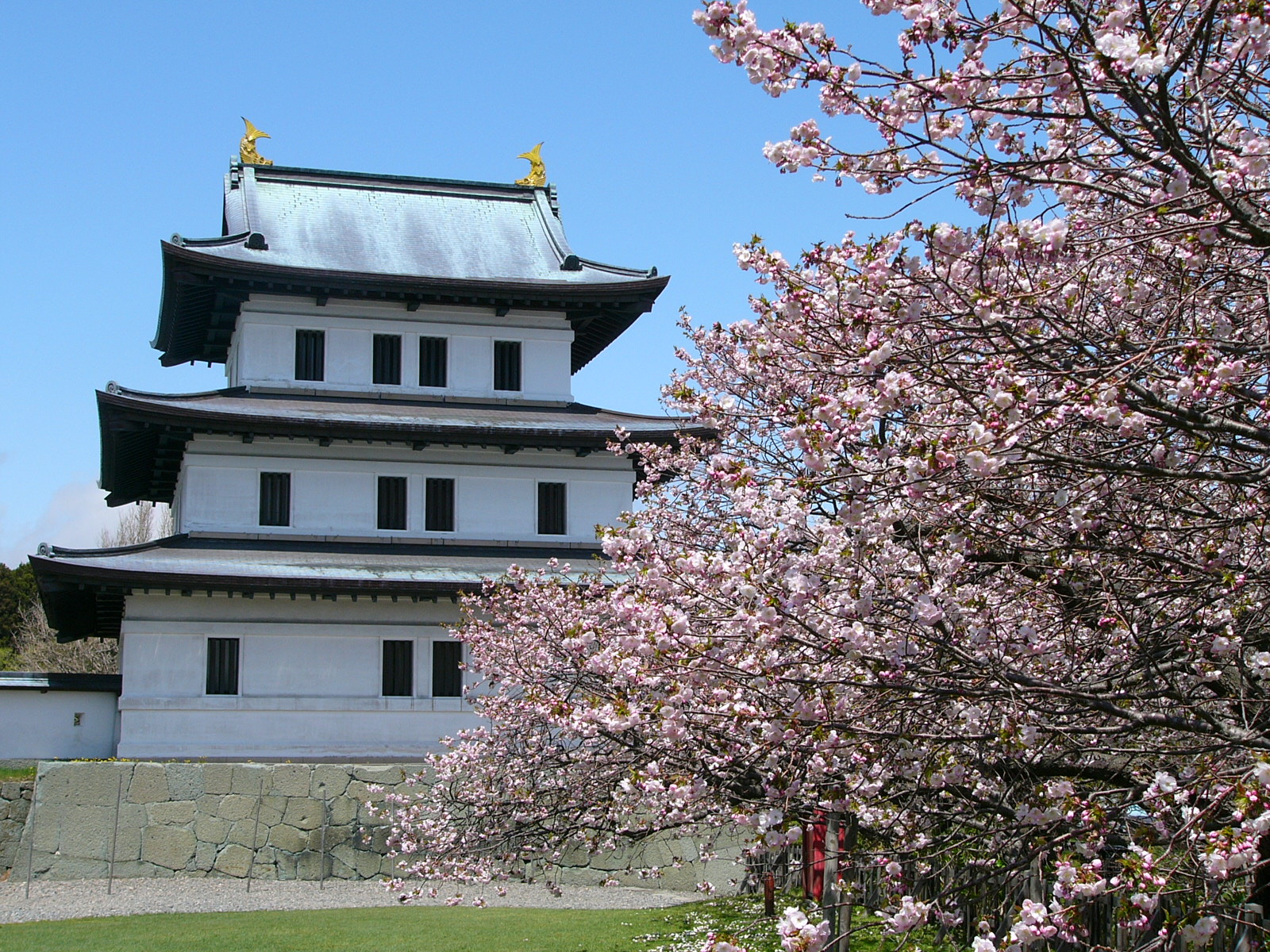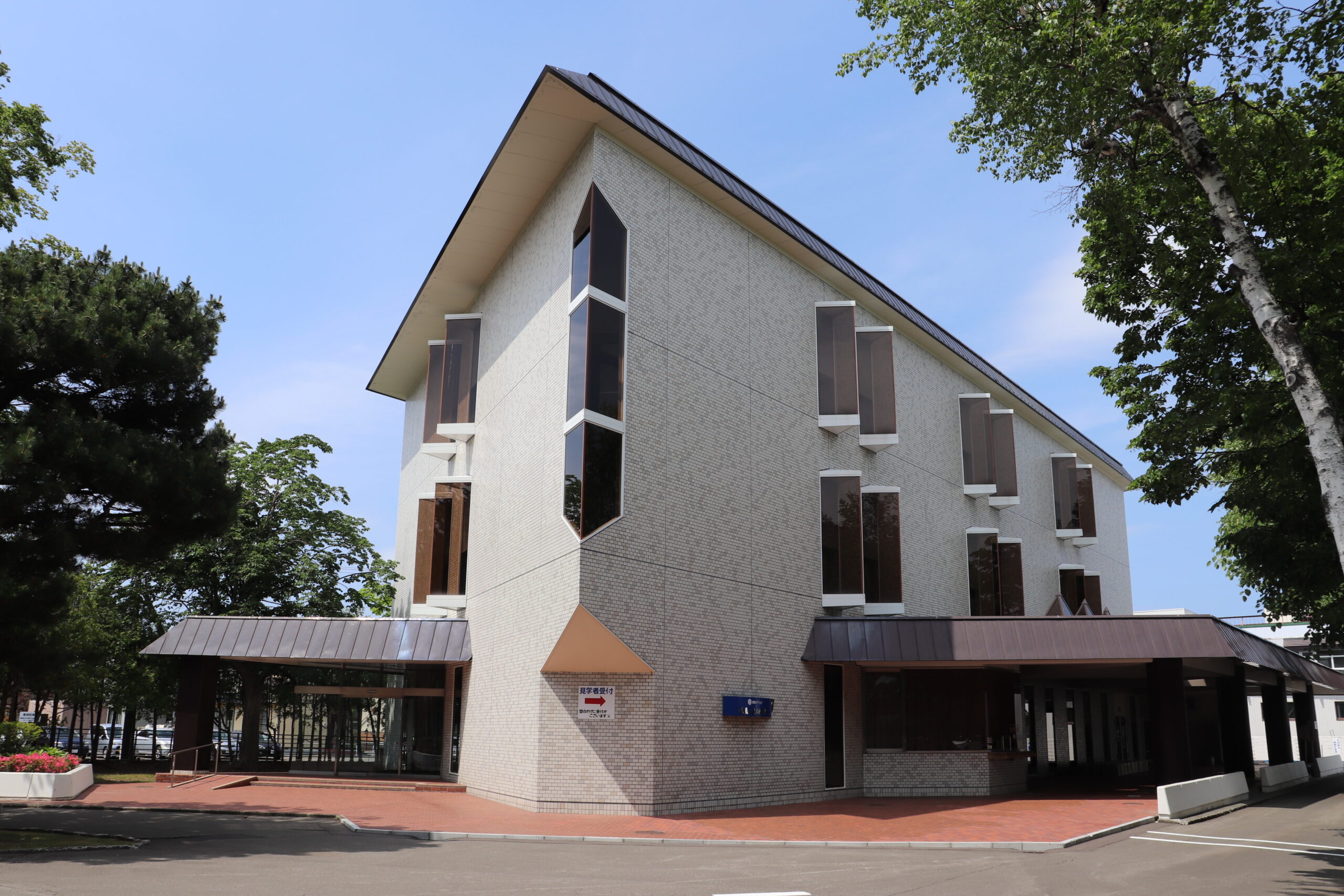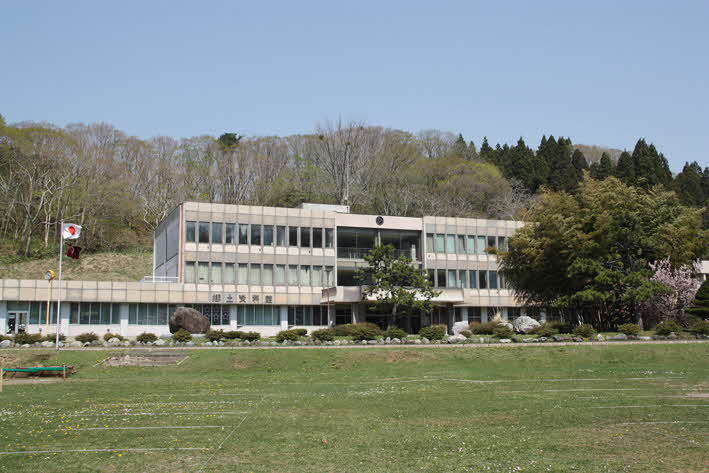Higashitaisetsu Nature Center was developed jointly by the Ministry of the Environment and the Kamishihoro Town Office as a base for disseminating information about the natural environment and history of the eastern Daisetsuzan National Park area and real-time local information and for providing environmental education in neighboring fields in Tokachi Mitsumata. More specifically, the Ministry of the Environment took charge of the development of the Nukabira Gensenkyo Visitor Center, an exhibition facility, and the Kamishihoro Town Office was responsible for the development of the Higashitaisetsu Museum of Natural History, an exhibition and storage facility, while these facilities were developed in an integrated manner. Nukabira Gensenkyo is located about 60 km from Obihiro City at the Tokachi-side entrance to Daisetsuzan National Park, so this facility is ideally situated for nature activities by visitors, conservation of the natural environment in the eastern Daisetsuzan National Park area, and the dissemination of a wide range of information from nature to tourist spots.
施設
Eniwa City Historical Museum
This museum showcases the nature, history, and culture of Eniwa City. It investigates and researches local history and archaeological sites. It also collects and preserves archaeological, folk and natural materials while providing exhibitions, educational programs, and other events/programs.
Teshikaga Town Kussharo Kotan Ainu Museum
This facility opened on June 6, 1982, on the southern shore of Lake Kussharo to transmit the history and culture of the Ainu, the indigenous people of northern Japan. Exhibits are divided into the five themes of Yukar, oral epic stories of the Ainu; The Land of the Kotan, or the Ainu village; How the Kotan Has Changed; Running Across the Countryside; and Those who Support the Kotan. These themed exhibits allow visitors to appreciate the way of life and culture of the Ainu people.
On June 4, 2020 the facility, originally named the Ainu Folklore Museum, was renamed the Ainu Museum.
Furano City Museum
This museum features the history and natural history of Furano based primarily on folk materials. It also holds special exhibitions and art gallery events as the occasion arises.
Hokuchin Memorial Museum
This museum displays about 2,500 valuable materials featuring the history of land reclamation and the defense of Hokkaido, including the history of Tondenhei farmer-soldiers, who were tasked with land reclamation and the defense of Hokkaido, and of the Imperial Japanese Army’s 7th Division. Exhibits also include those about activities for local communities carried out by the 2nd Division of the Japan Ground Self-Defense Force (JGSDF), which grew out of the National Police Reserve that was established after World War II and that was then reorganized as the National Security Force.
Date City Museum of History and Culture
This facility exhibits cultural properties dating from the Jomon period and those related to the indigenous Ainu people and samurai warriors. It also offers a hands-on indigo-dyeing program, because Date City is the sole indigo producing area in Hokkaido.
Inaho Fureai Training Center (Okushiri Town History and Folklore Museum)
This facility, which opened in 2004, was repurposed from the closed municipal Inaho Elementary School. It exhibits pottery and stone tools excavated from archaeological sites on Okushiri Island, as well as old articles of every use. It also offers a program for hands-on comma-shaped bead-making and other programs.
Matsumae Castle Museum
On June 5, 1949, the wooden tower of Matsumae Castle, also known as Fukuyama Castle, which had been designated as a national treasure, burned down from the sparks of a fire that broke out at the town office. Subsequently, a Hokkaido-wide movement for castle tower reconstruction spearheaded by the Castle Tower Reconstruction Promotion Council led to the construction of today’s tower in 1960. It was designed by Professor Minoru Ooka of the Yokohama National University Faculty of Engineering. With the completion of ancillary facilities in 1961, the reconstructed castle tower opened as the Matsumae Castle Museum.
Megmilk Snow Brand Museum
This museum was built in 1977 to pass on to future generations the history of the development of dairy farming and the dairy industry. It displays important documents and other valuable materials that introduce the history of today’s Megmilk Snow Brand Company since its founding, as well as dairy manufacturing devices that were actually used.
Installed in the company’s publicity office is Katsugen (Source of Victory) Shrine, dedicated to the guardian deity of prayers for victory and for successes in college entrance exams. Katsugen is a long-selling lactobacteria beverage produced by the company.
Matsumae Town Historical Museum
This facility enables visitors to learn the complete history of Matsumae Town, from the prehistoric Jomon period to the Edo period (1603-1868). Exhibits include Jomon pottery, which attests to human and material exchanges across the Tsugaru Strait, parade float decorations created in Kyoto in the Edo period, and cannonballs used in the Battle of Hakodate. The facility holds a small special exhibition twice a year.

